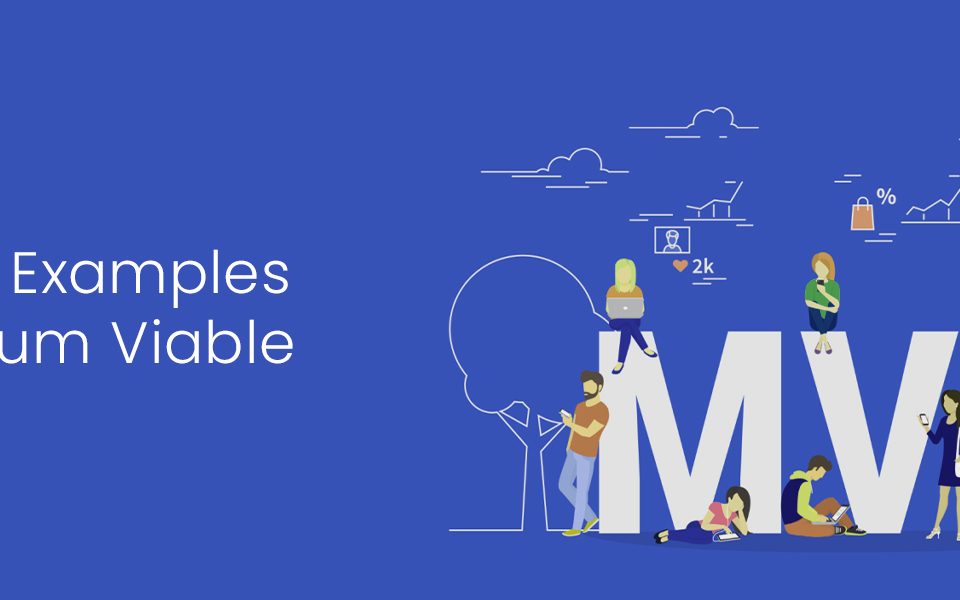
1 11
The speech recognition technology has come a long way after the launch of the first speech recognition machine by IBM. As the exponential growth of technology and machine learning, using speech recognition has incorporated in our daily lives. With the everyday use of voice-driven technologies such as Apple’s Siri, Amazon’s Alexa, or Microsoft’s Cortana, the voice-driven applications are making the human lives easier. Every new voice-interactive device that humans use in their daily lives, restores our faith in machine learning and Artificial Intelligence.
How Artificial Intelligence Can Provide Help?
First coined in the year 1956 by John McCarthy, artificial intelligence can be defined as “human intelligence exhibited by machines”. Artificial Intelligence was first used to analyze and quickly compute data, it now allows computers to perform tedious tasks that generally only humans were capable of.
Machine learning is a known subset of artificial intelligence, refers to systems that can naturally learn by themselves. It involves teaching a computer to analyze and recognize patterns, rather than programming it with specific rules. The training process involves feeding large amounts of data to the algorithm and allowing it to learn from that specific data and identify patterns. In the early days, the developers would have to write code for every object they wanted to recognize like human and dog, now a single system can recognize both by showing it many examples of each. As a result, the rise of Artificial Intelligence continues to get smarter over time without human intervention.
There are several techniques and approaches to machine learning. One of those approaches is artificial neural networks, an example of which is product recommendations. Ecommerce companies often use artificial neural networks to suggest products the customers are more likely to purchase. Many ecommerce stores can do this by ingesting data from all of their users’ browsing experiences and utilizing that information to make effective product recommendations.
A few common applications of artificial intelligence today include object recognition, translation, speech recognition, and natural language processing. Temi is an audio-to-text app powered by automated speech recognition (ASR) and natural language processing (NLP). This is the conversion of spoken word to text while NLP is the processing of the text to derive its meaning. Since humans often speak in complex phrases, abbreviations, or acronyms, it takes detailed computer analysis of natural language to produce accurate transcription.
Potential Challenges with Speech Recognition Technology
The challenges related to speech recognition technology are numerous but they are narrowing. It includes overcoming bad recording equipment, background noises, difficult accents and dialects as well as the varied pitches of people’s voices.
Teaching a machine to analyze and read a spoken language as humans do is something remarkable but haven’t been perfected. Listening to and understanding the words a person says is so much more than hearing the words the person speaks. When it comes to humans, they also read the person’s eyes, their current facial expressions, body language, and the tones and inflections in their voice. Another nuance of speech is the human tendency to shorten certain words. For instance, I don’t know” becomes “dunno”, we have used abbreviated words for so long, that we do not pronounce them as precisely as when we learned them. This human disposition strikes yet another challenge for machine learning when it comes to speech recognition.
Speech Recognition and Temi
The developers at Temi have leveraged decades of research and development in speech recognition to create an automated transcription service that is super fast, easy-to-use, and affordable. We would not have been able to build Temi without all the foundations in speech recognition from other companies.



